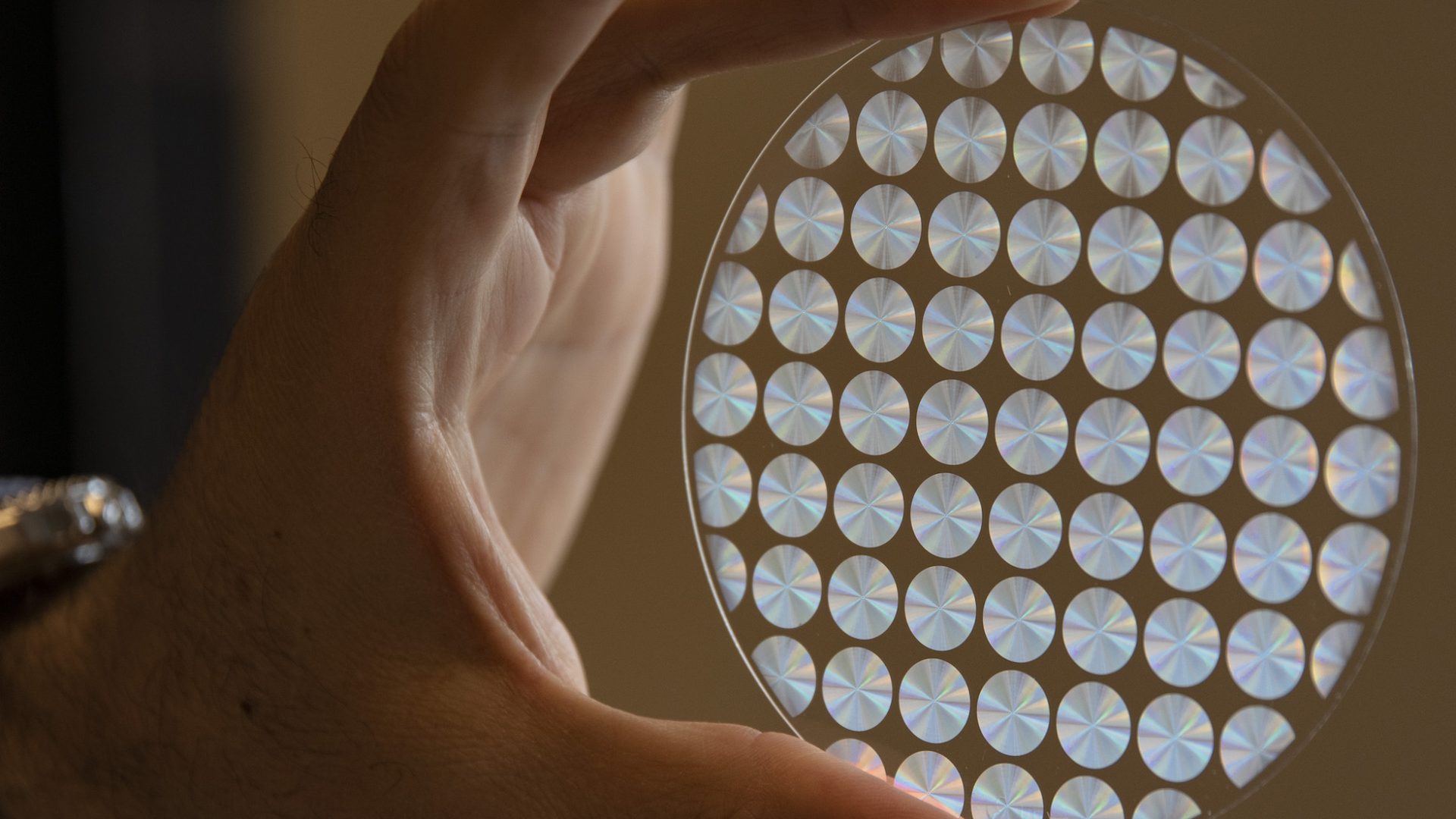Plasmonics and Metamaterials are tightly intertwined fields of research. The interest is driven by mature nano-fabrication and characterization technologies and by limitations facing traditional photonics. While light cannot be squeezed beyond the diffraction limit, extreme light-matter interactions enabled the manipulation of light at length-scales much shorter than the wavelength of light. The prospects of plasmonics and metamaterials include subwavelength nano-photonic interconnects and circuits, light harvesting and solar energy, enhancement of linear and non-linear optical processes, sensing, ultrathin optical displays, structural coloring, quantum information and communication.
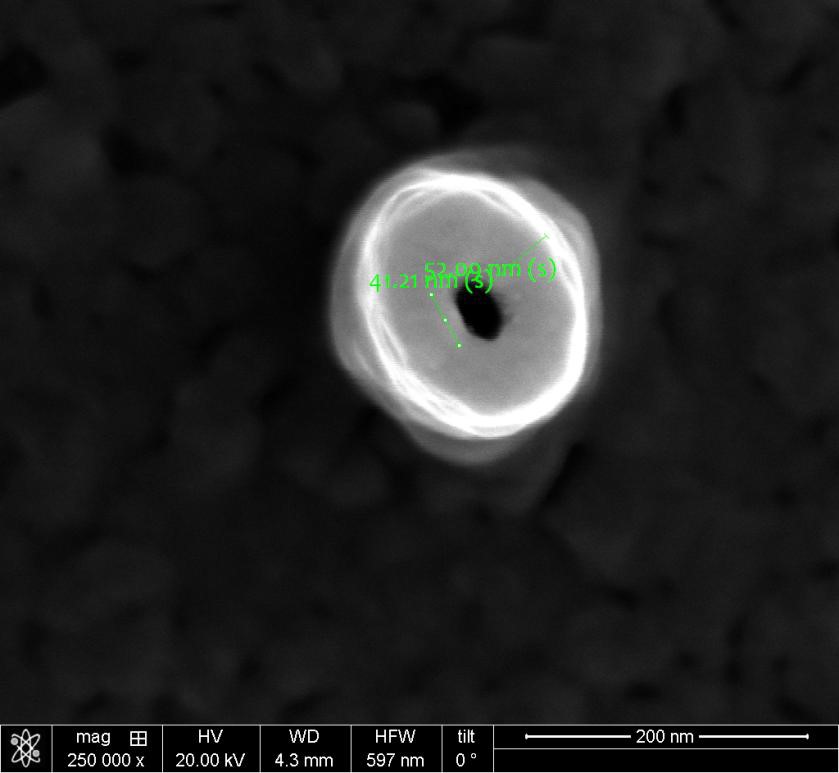
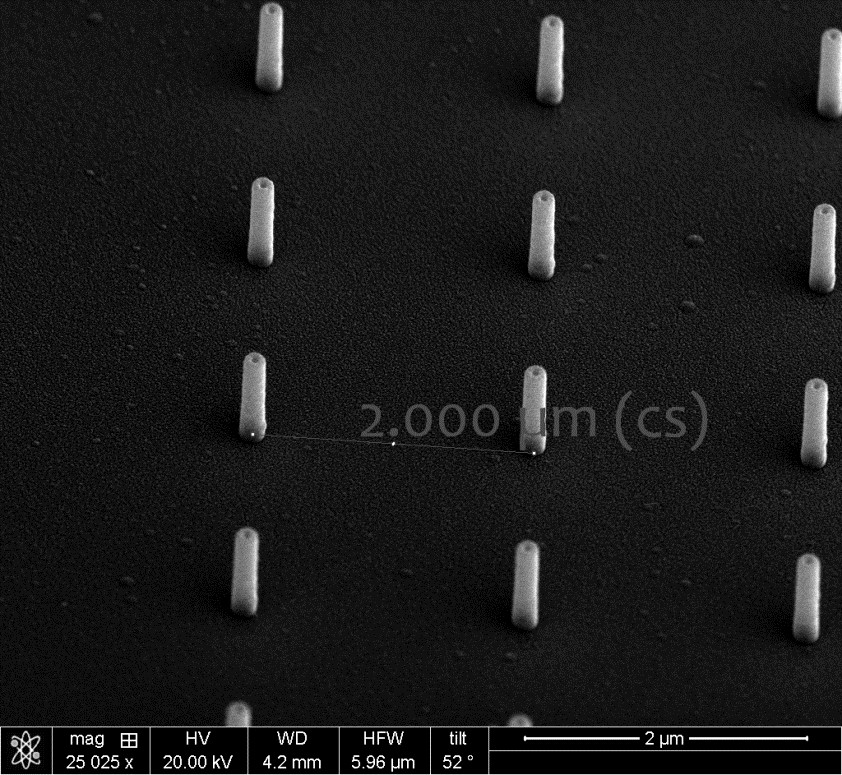
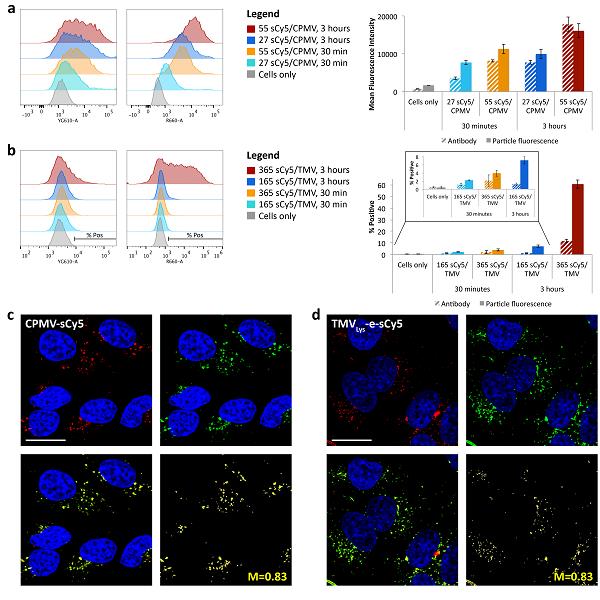
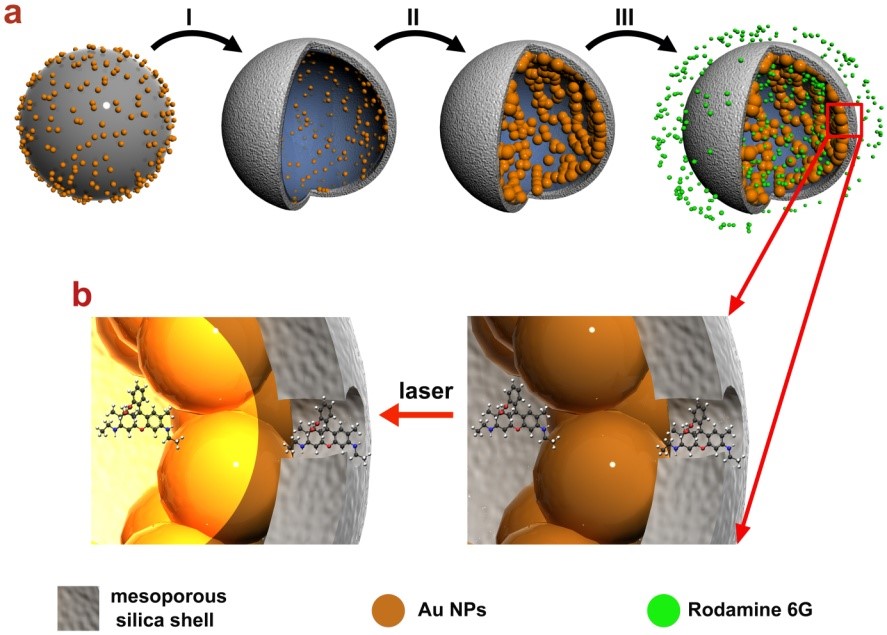
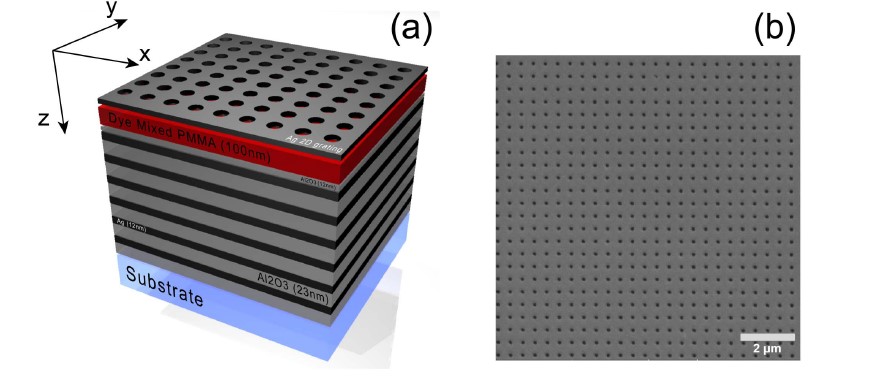
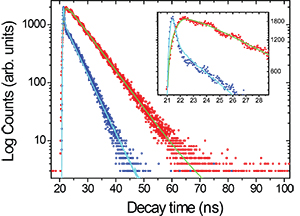
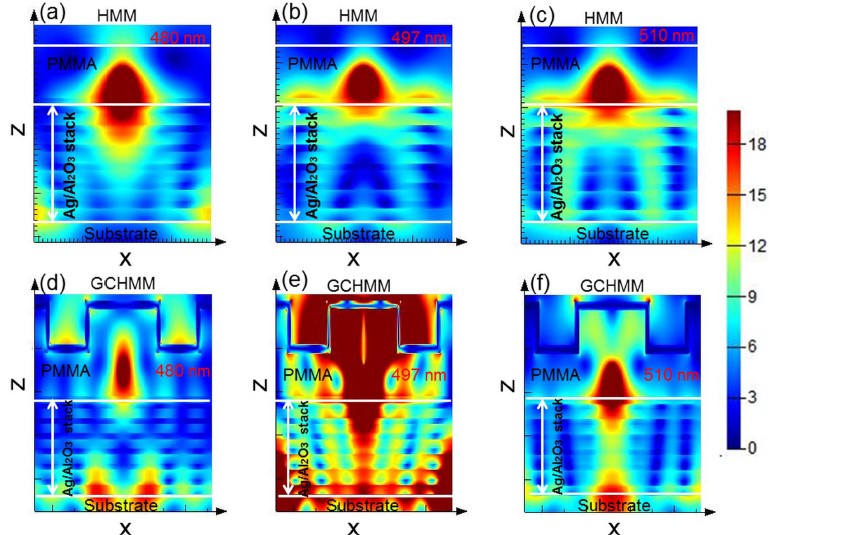
As the field of plasmonics and metamaterials progresses, the possible applications are adapting to the fundamental limitations of metal photonic materials. In addition to traditional, low efficiency applications of plasmonics, e.g., surface enhanced Raman spectroscopy (SERS), other applications that does not require high efficiency, e.g., metal enhanced fluorescence and plasmonic rulers are promising. Furthermore, losses can be desirable in applications that require strong light absorption and/or heat generation such as thermo-photovoltaics, solar energy generation, thermal emitters, optical absorbers and structural coloring, cancer photo-thermal therapy, and heat assisted magnetic recording.
Between low efficiency applications and applications where losses are desirable, one can envision a wide array of applications where the benefits of field confinement out-weigh the losses. In particular, an important consequence of strong field confinement is that changes in the surrounding electromagnetic environment can induce a strong change in the optical properties of metamaterials. Such changes would result in ultrafast, sub-nanosecond, response that can be useful in many applications.

